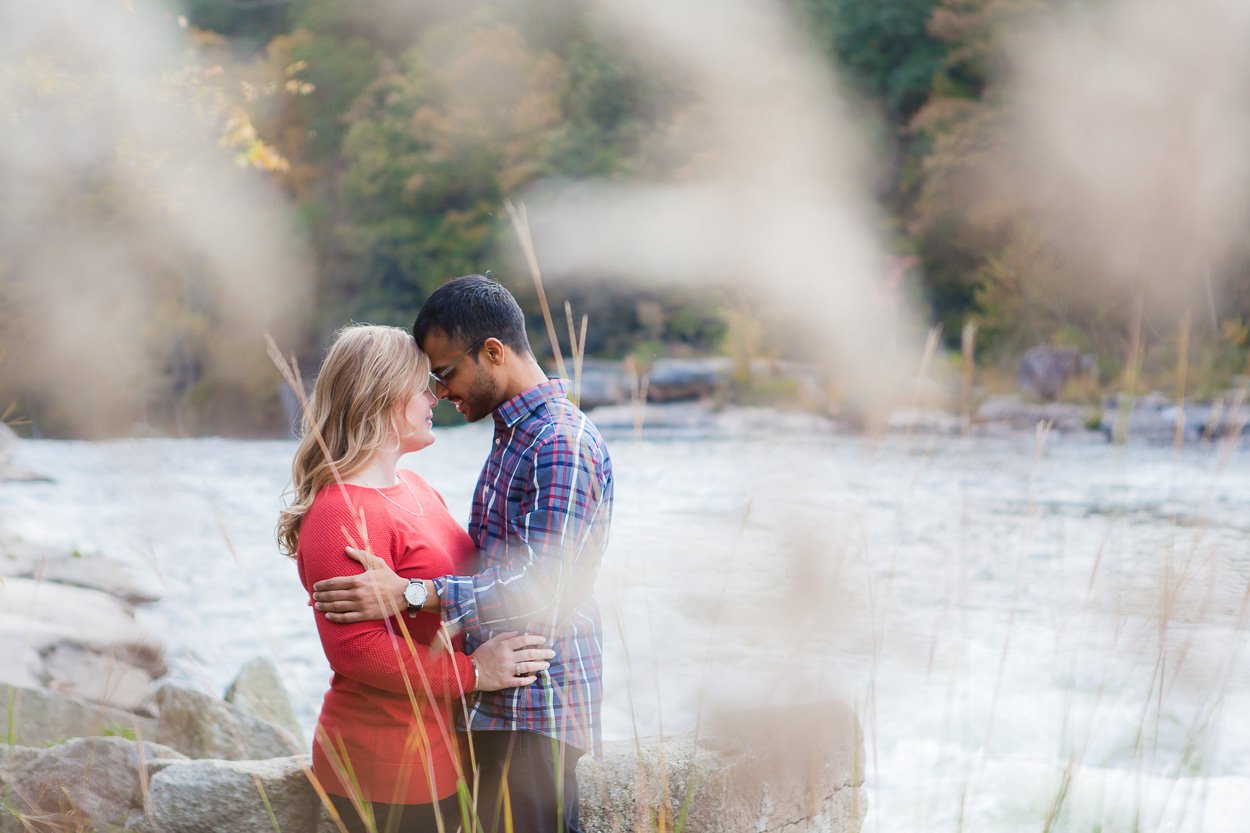Natural Light Photographers vs. Photographers Who Master Artificial Lighting
Photography is an art form that relies heavily on light. The quality, direction, and intensity of light can transform a mundane scene into a stunning masterpiece. In the world of photography, there are two main camps when it comes to lighting: natural light photographers and those who master artificial lighting. Each approach has its own unique benefits, challenges, and techniques. In this blog post, we'll explore the differences between these two styles and help you decide which might be right for you.
The Beauty of Natural Light Photography
1. Simplicity and Accessibility
Natural light photography is often the starting point for many photographers. It involves using available sunlight as the primary light source, making it incredibly accessible. No need for expensive lighting equipment or complicated setups; just step outside or position your subject near a window.
When I began my photography career, I started like most photographers—with natural light. It was easier not to worry about mastering artificial lighting while I was still learning my camera and its settings. This is the approach I recommend when you are starting your journey to becoming a photographer.
Here is an example of one of my natural light shoots from an engagement session I did in Ohiopyle a few years back. A camera with no lighting but the sun with good light.
Canon 5D Mark II / 24-70mm 2.8 L / 1/320 sec / f2.8 / ISO 250
2. Capturing Authenticity
Natural light provides a sense of authenticity and realism. It allows photographers to capture scenes as they appear to the naked eye, with soft, diffused light in the early morning or late afternoon, and more dramatic shadows and contrasts during midday. This can result in images that feel genuine and uncontrived.
3. Embracing the Environment
Natural light photographers learn to work with the environment. They become adept at reading the light, understanding how it changes throughout the day, and using it to their advantage. This can lead to a deeper connection with the surroundings and a greater appreciation for the beauty of the natural world.
Challenges of Natural Light Photography
Inconsistency: Natural light is unpredictable. Weather conditions, time of day, and season all affect the quality and availability of light, making it challenging to achieve consistent results.
Limited Control: Without the ability to manipulate light, photographers must adapt to what is available, which can be limiting in certain situations.
The Mastery of Artificial Lighting
1. Complete Control
Photographers who master artificial lighting have complete control over their light sources. They can manipulate the direction, intensity, and color of the light to create the exact look and mood they envision. This level of control opens up endless creative possibilities.
Here is a family shoot I did using artificial light but when I use flashes or studio lights I still want to make it soft and to look like the flash isn’t there. You want to make it as natural as possible even if you are using any type of artificial lights. Just think about the lighting when you watch your favorite movie. Even if the scene is dark, they are still using lighting to make it look the way your eyes see light. Think about that every-time you watch your favorite Netflix show are favorite movie.
Canon 5D Mark II / 50mm 1.4 / Speedlite In A Large Umbrella
2. Consistency and Reliability
With artificial lighting, photographers are not at the mercy of the weather or time of day. They can achieve consistent results regardless of external conditions, making it ideal for studio work, commercial photography, and any situation where reliability is key.
3. Enhancing and Shaping Light
Artificial lighting allows photographers to shape and enhance light in ways that natural light cannot. Techniques like using softboxes for diffused light, strobes for high-speed action shots, and gels for creative color effects can add a unique dimension to the images.
Challenges of Artificial Lighting
Complexity: Mastering artificial lighting requires a solid understanding of lighting principles and technical skills. It can be daunting for beginners and often involves a steep learning curve.
Equipment Costs: Quality lighting equipment can be expensive, and building a comprehensive lighting kit may require a significant investment.
Finding Your Balance
Many photographers find that a combination of both natural and artificial lighting techniques best suits their needs. By understanding the strengths and limitations of each approach, you can choose the right tool for the job and enhance your versatility as a photographer.
Tips for Natural Light Photographers:
Golden Hours: Shoot during the golden hours (early morning and late afternoon) for soft, warm light and long shadows.
Reflectors: Use reflectors to bounce light and fill in shadows, adding dimension to your images.
Location Scouting: Familiarize yourself with locations that offer great natural light throughout the day.
Tips for Artificial Lighting Photographers:
Experiment with Modifiers: Learn to use different light modifiers like softboxes, umbrellas, and grids to control the quality of light.
Practice Lighting Setups: Experiment with various lighting setups and understand how different arrangements impact your images.
Invest in Education: Take courses or workshops on lighting techniques to deepen your knowledge and skills.
For beginners
Checkout my “FREE” guide below, the 5 common mistakes every beginner photographer makes and how to avoid them. :)

